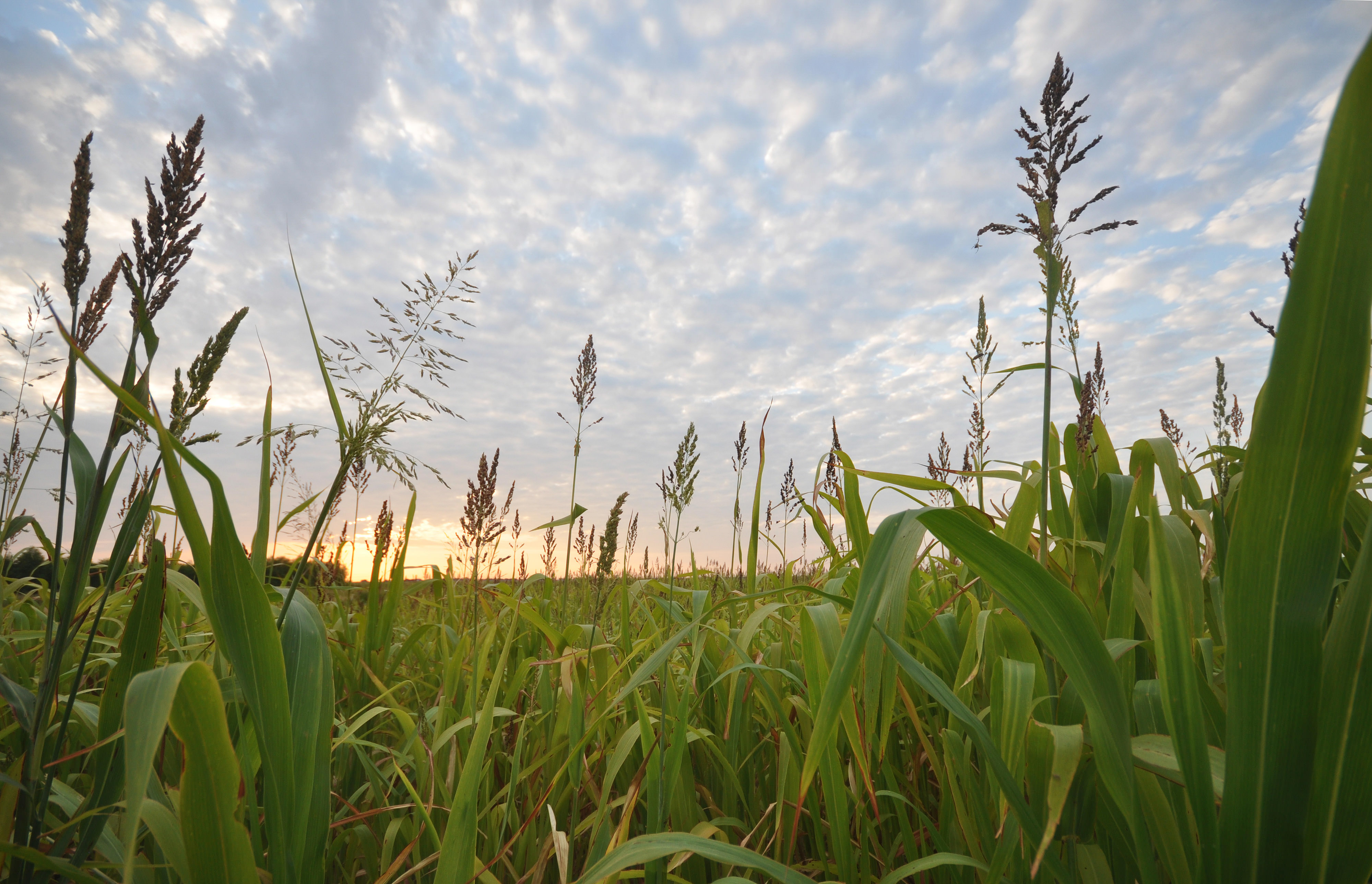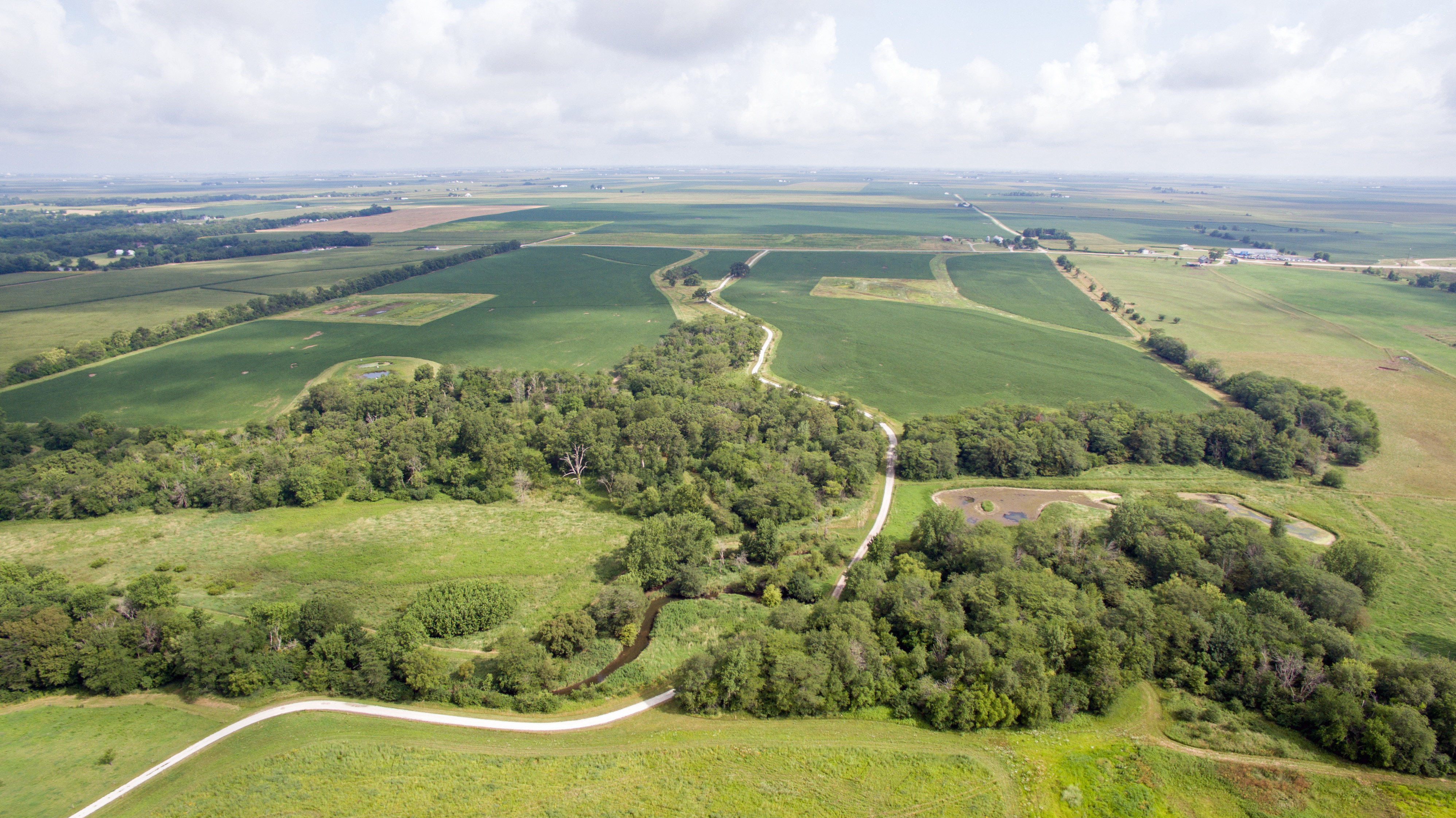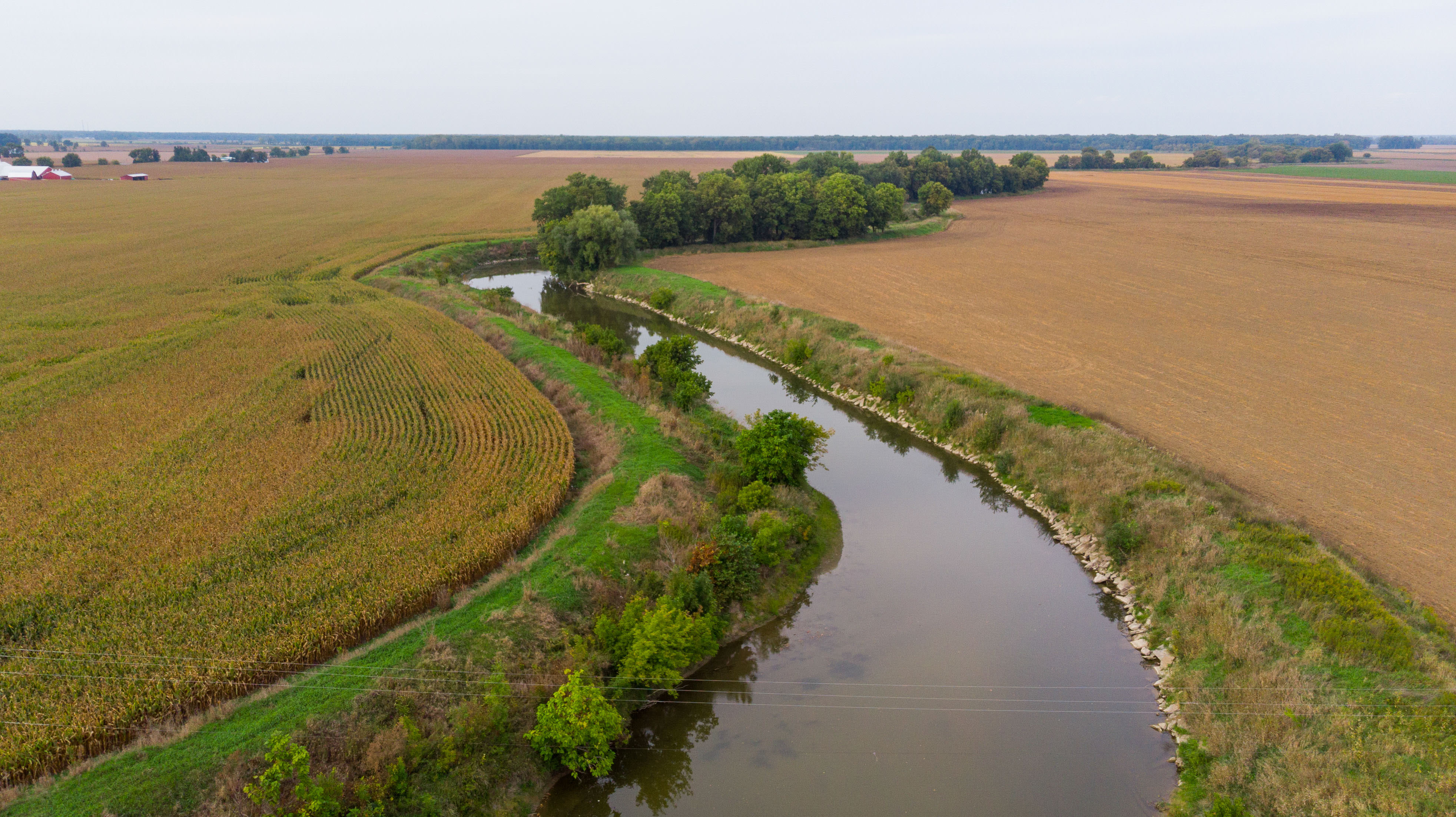Providing Food and Water Sustainably
Across Illinois, we're working to provide food and water for people in ways that protect nature.
The world's population is growing—fast. By 2050, it is expected to reach 9 billion. This is putting tremendous pressure on our lands and waters to provide the food we eat and the fresh water we drink, as global agricultural production must increase by 60% by 2050 to meet demands. At The Nature Conservancy, we know there is another way forward, one in which we can meet the demands of a growing population sustainably, so that natural resources are protected for both people and nature.
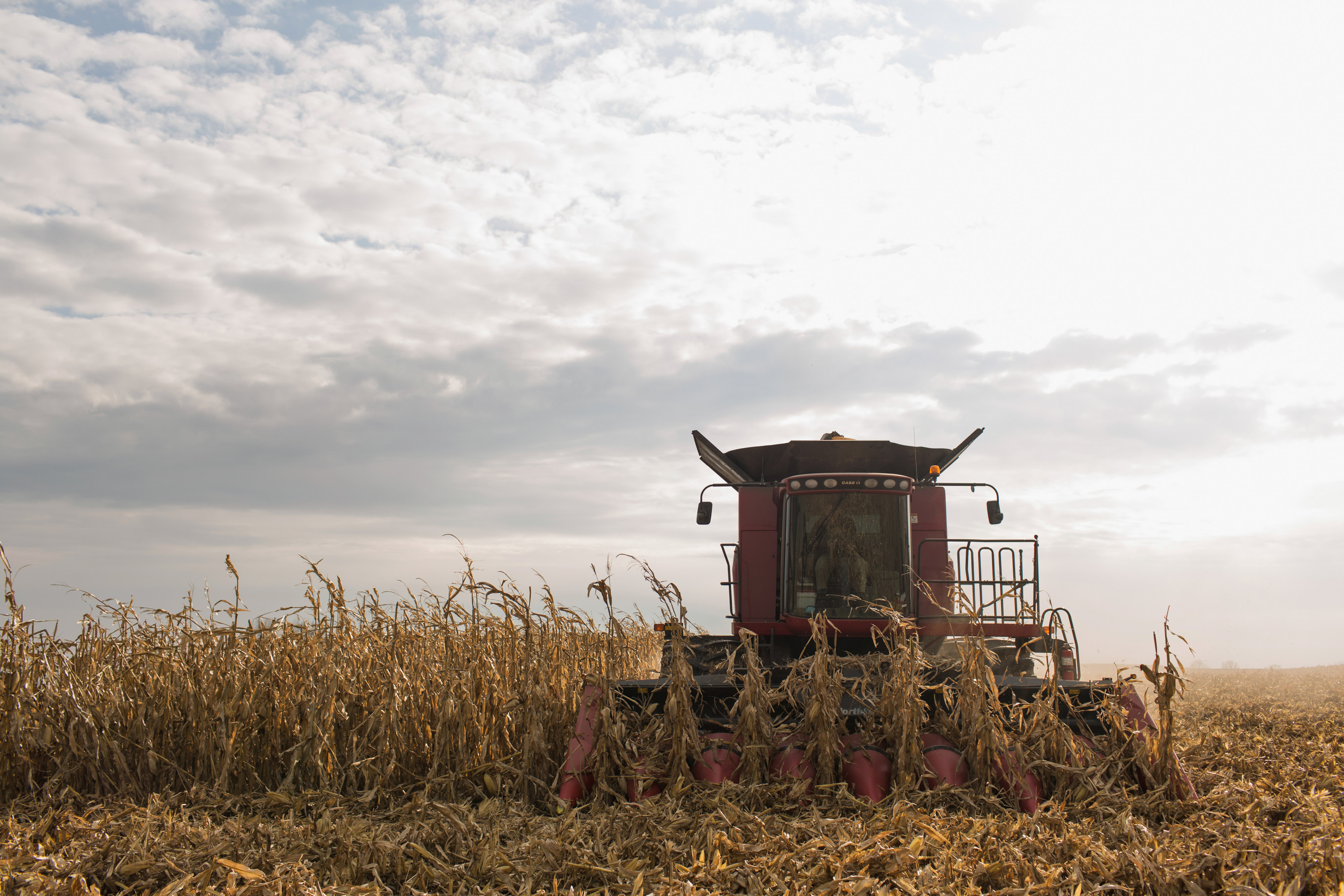
The Challenges of Providing Food and Water Sustainably
Right here in Illinois, we can see firsthand how demand impacts our lands and waters. Located among fertile soils and two of our greatest freshwater resources—the Mississippi River and the Great Lakes—Illinois is one of the country's leading agricultural producers. Farmland covers 27 million acres—about 75% of the state's total land area—and agricultural commodities generate more than $19 billion annually. This output ranks Illinois third nationally in the export of agricultural commodities.
But this incredible productivity comes at a cost. The use of the land to grow the food the world needs is impacting soil health and causing erosion into our streams, rivers and lakes. Illinois is also currently a leading contributor of both nitrogen and phosphorus (two nutrients used to fertilize crops) to the Mississippi River and downriver to the Gulf. An excess of these nutrients can impact drinking water supplies and wildlife habitat and can cause toxic algal blooms.

Help Us Protect Illinois Resources
Sign up to receive monthly conservation news and updates from Illinois. Get a preview of Illinois’ Nature News email.
The Solution
Working at both the local and global levels, TNC develops practical, outcome-based solutions to confront this challenge.
We are collaborating with the agricultural industry to expand the number of sustainable farming methods that are available and utilized on farmland across the state. Practices such as cover crops, buffer strips and constructed wetlands can slow down the flow of water, absorb nutrients to improve water quality in streams and rivers, and prevent soil from leaving farm fields. They can also improve soil health, sequest carbon from the air and mitigate the impacts of climate change.

Support the Farm Bill
The Farm Bill is America’s largest investment in the voluntary conservation, restoration and management of private lands. TNC is joining national efforts to promote bill inclusions that will support Illinois producers like Rohl Farms to explore conservation programs.
One such partnership is the Illinois Sustainable Ag Partnership (ISAP), which TNC formed along with American Farmland Trust, Illinois Corn Growers Association, The Wetlands Initiative, the Zea Mays Foundation and others. Through resources, training and education for farmers, advisors and conservation practitioners, the goals of this cooperative are to increase adoption of soil health systems and sustainable practices and link a network of on-farm demonstration sites to disseminate new information and lessons learned.
TNC and other ISAP members are also working with the Association of Illinois Soil and Water Conservation Districts and Champaign County Soil and Water Conservation District (SWCD) to expand the S.T.A.R. initiative. S.T.A.R. stands for Saving Tomorrow’s Agricultural Resources, and it is a free tool to assist farm operators and landowners in evaluating their nutrient and soil loss management practices on individual fields.

S.T.A.R. encourages farmers and landowners to make decisions that will reduce the nutrient and soil losses on their fields, and in return, they are provided recognition with a field sign noting their level of commitment to conservation. The program awards points for the adoption of practices that have been identified by local stakeholders as a priority for addressing local resource concerns, specifically losses of nitrogen and phosphorus.
From improved nutrient management to crop rotation or inclusion of livestock, a suite of practices can result in between one and five stars. The simple ratings are regionally specific, linked to the Illinois Nutrient Loss Reduction Strategy goals of reducing nitrogen and phosphorus loss by 45 percent, and vetted by a local technical advisory committee made up of representatives from all the agriculture sectors—retail, commodity, agency and farmers.
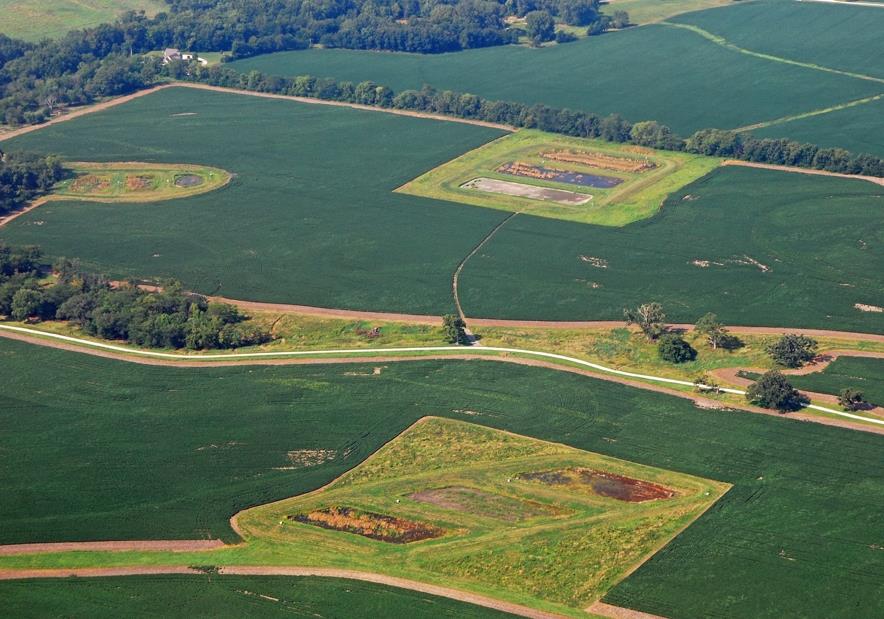
What's Happening in Illinois Right Now?
Research by TNC and partners in Illinois highlights how key changes could improve an innovative program that helps farmers install wetlands on their land to help clear up rivers and streams in Illinois.
Since 2000, Illinois farmers have worked with TNC researchers and their partners in the Mackinaw River watershed of central Illinois to implement conservation practices. More recently, this has included small tile-treatment wetlands along the edges of fields to reduce the amount of nutrients that flow downstream.
During a 5-year study focused on nutrient reduction efficiencies of constructed wetlands, the TNC team observed that financial resources to convert small acreages of highly productive lands of central Illinois into wetlands was one major obstacle to accelerating the implementation of these tile-treatment wetlands.
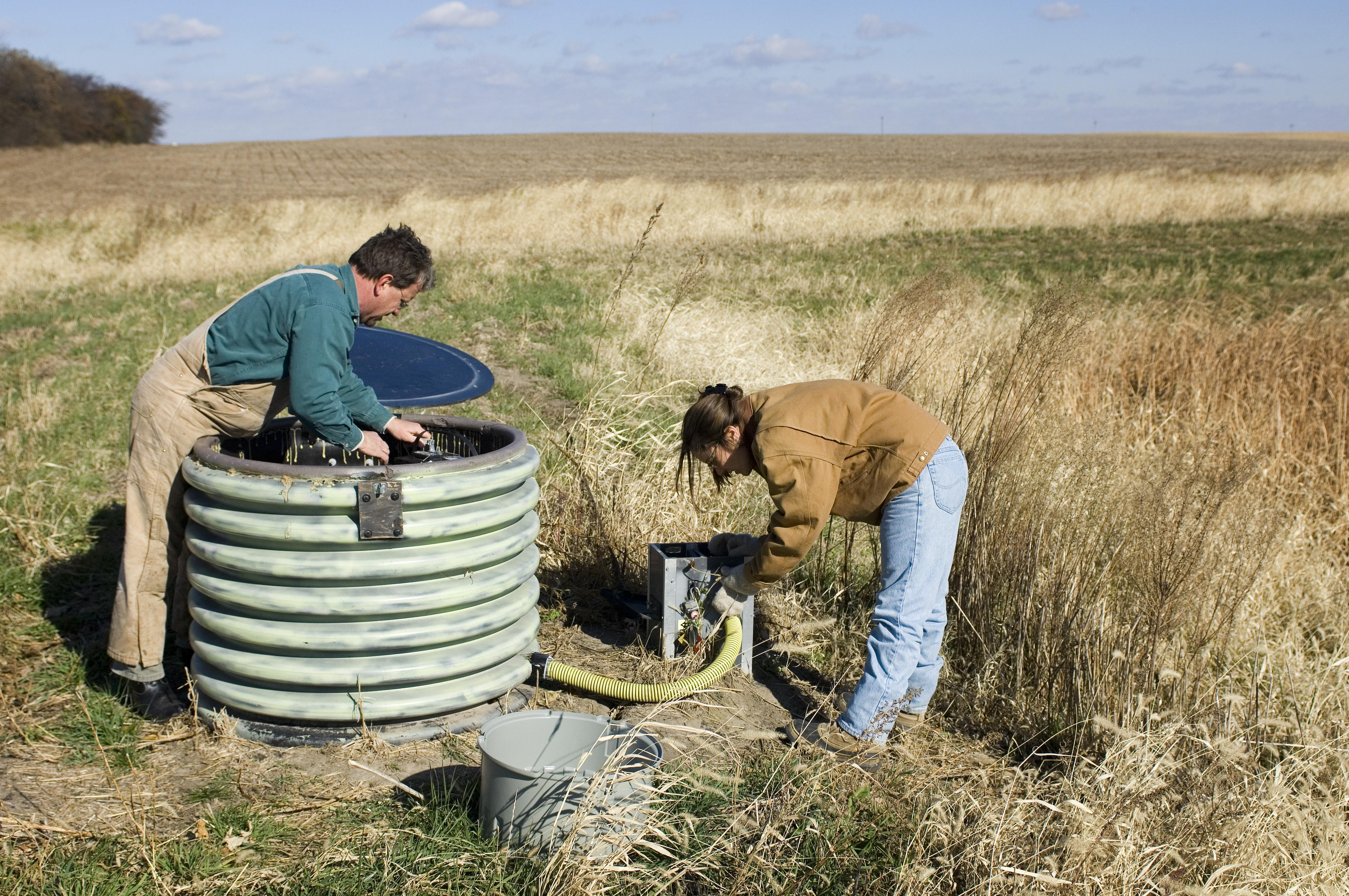
“It’s essential to expand the rate and scale of these conservation practices,” Maria Lemke, director of conservation science at TNC and lead researcher, said. “Despite their proven effectiveness at reducing nutrient export to rivers and streams, wetlands can be difficult to implement on private lands given they provide downstream conservation benefits rather than direct on-farm economic benefits.”
The report discusses additional challenges to increasing constructed wetlands in agricultural landscapes—such as resource capacity, wetland siting and unexpected construction costs—and how the research team worked with agricultural partners to address such challenges. Together, these teams designed and constructed 10 new wetlands and monitored the effectiveness for eight of those wetlands during the 5-year study.
An overview of the results will be published in a chapter of the upcoming 75th edition of the Journal of Soil and Water Conservation, followed by several additional peer-reviewed articles on wetland effectiveness and efficiencies. The chapter also spotlights the key players in these conservation practices, the farmers and landowners.
